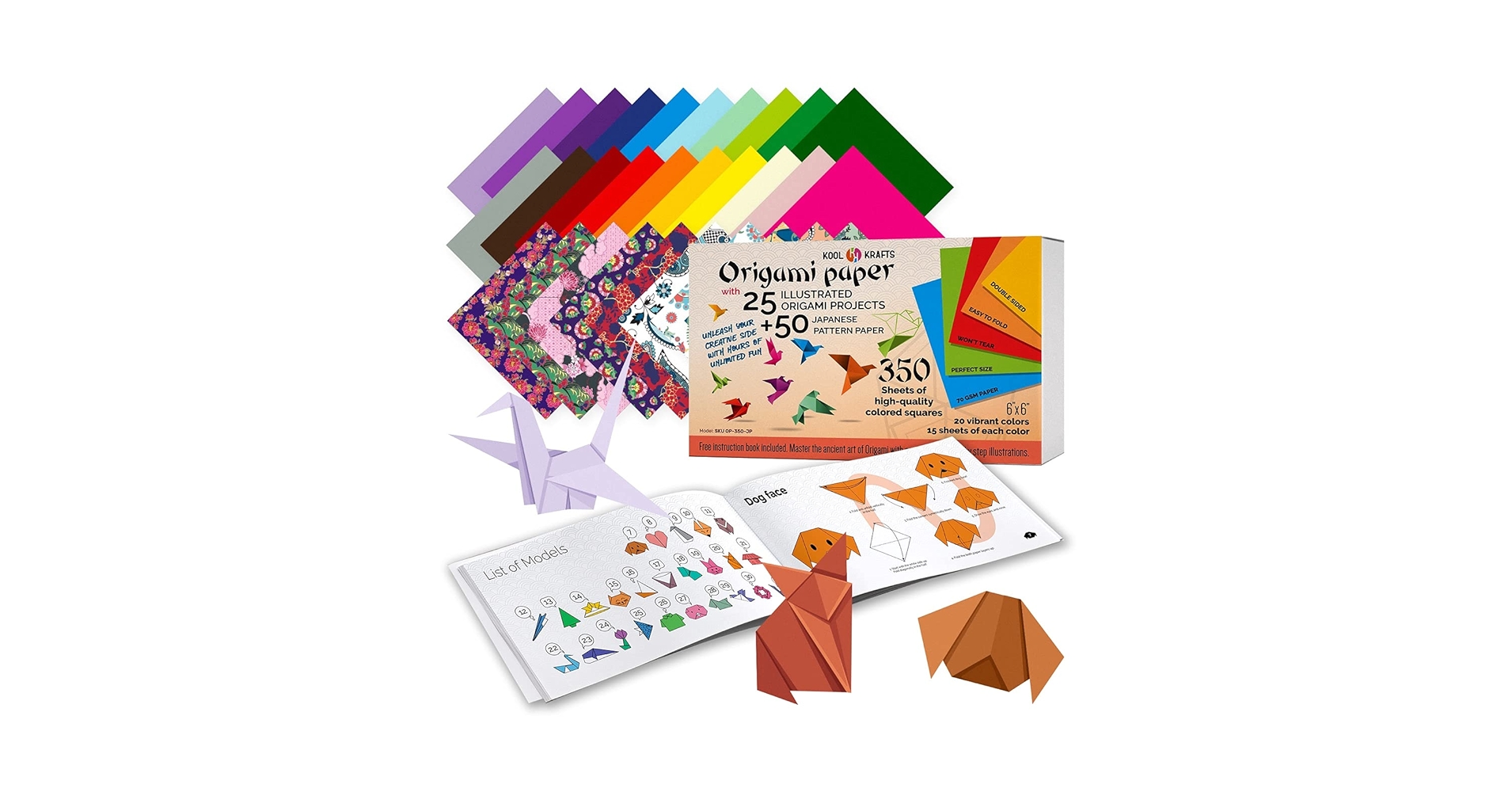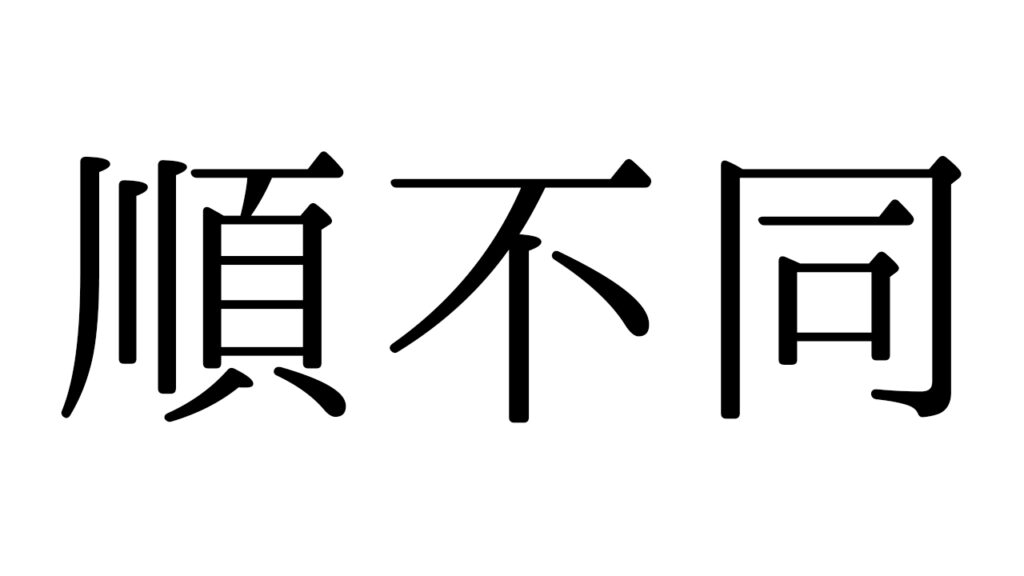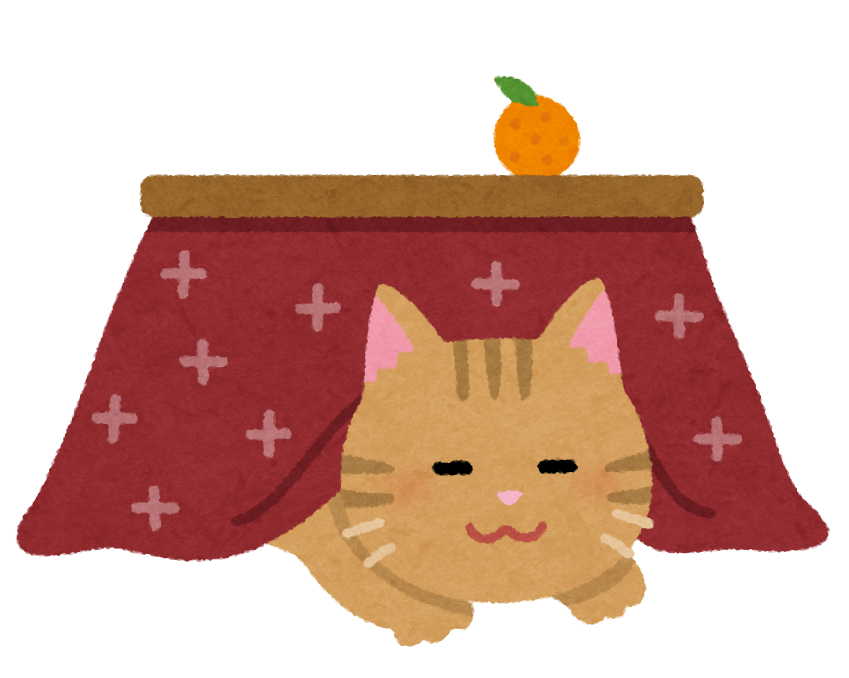Have you ever folded a piece of paper into a crane, a flower, or perhaps a jumping frog? That simple act—turning a flat sheet into something three-dimensional and full of life—is more than just a pastime. It’s origami, a deeply rooted Japanese art that has become a global phenomenon.
But is origami purely Japanese? And why does it continue to inspire people across cultures, languages, and generations? Let’s unfold the story.
The Japanese Roots of Origami
While the origins of paper trace back to China around 105 AD, it was the Japanese who transformed paper into art. Paper arrived in Japan by the 6th century, and by the Heian period (794–1185), folding techniques were already used in ceremonial and religious contexts.
However, the origami we know today—creating intricate shapes from a single sheet without cuts or glue—was shaped and refined in Japan. What sets Japanese origami apart is its balance of precision, elegance, and simplicity. Each fold reflects an appreciation for form, impermanence, and beauty rooted in Japanese aesthetics.
Paper Folding Across Cultures
Origami may have flourished in Japan, but the idea of folding paper is not exclusive to it.
- In Europe, “paper craft” traditions include folded and cut designs used for decorations, greeting cards, and educational tools.
- In China, paper folding has been part of ceremonial and decorative traditions, including elaborate funeral offerings and paper models used in rituals.
These practices differ in technique and purpose, but they share a creative spirit: using simple materials to create meaning, expression, and beauty.
Origami Goes Global
The 20th century marked a turning point for origami’s global journey. A pivotal figure was Akira Yoshizawa, a Japanese origami master whose work elevated origami from craft to art. He developed standardized folding diagrams using arrows and symbols, making it easier to share designs across language barriers.
As origami spread, its applications expanded:
- In education, it enhances spatial awareness and fine motor skills.
- In mathematics, it illustrates geometry and problem-solving.
- In therapy, it encourages mindfulness and focus.
Today, origami is taught in classrooms, exhibited in galleries, and celebrated in international conventions like those held by OrigamiUSA and similar organizations worldwide.
Why the World Loves Origami
Origami has a universal charm that transcends borders. Here’s why it resonates globally:
- Simplicity and depth: With just a single square sheet, you can create infinite forms—no scissors, no glue, no limits.
- Accessibility: Anyone can try it. Children, adults, artists, scientists—origami invites everyone.
- Mental clarity: Folding focuses the mind. It’s meditative, tactile, and satisfying.
- Cultural richness: It offers a glimpse into Japanese values like minimalism, harmony, and precision.
Perhaps most of all, origami reminds us that beauty can emerge from simplicity, and creativity doesn’t require complexity—just intention, patience, and paper.
Conclusion: An Art That Connects the World
Though its earliest inspirations came from ancient China, and its artistic heart was shaped in Japan, origami today belongs to the world. It continues to evolve as a global art form, bridging cultures and sparking imagination everywhere.
Whether folded by a child in Tokyo or an artist in Paris, each origami figure carries with it a shared sense of wonder—and a quiet celebration of human creativity.



